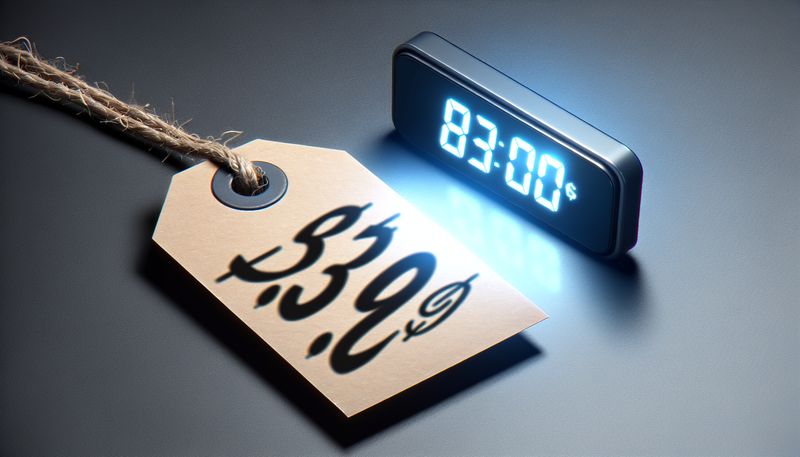Navigating the Digital Timestamps Interface
21 April 24
Navigating the digital world can be daunting, especially when safeguarding your intellectual property is paramount. However, with Digital Time Stamps, the process of protecting your work and ensuring its integrity has never been simpler or more secure. This user-friendly guide will walk you through the basics of the Digital Time Stamps interface, ensuring that even beginners can utilize this powerful tool with ease.
Upon accessing the Digital Time Stamps interface, you'll find an intuitive dashboard where you can begin the process of timestamping your work. To start, simply upload the file you wish to protect. The system will then create a unique digital signature for your file, which serves as an encrypted fingerprint of your work. This acts as proof of your intellectual property, notarized on the blockchain and timestamped to indicate when the idea was first registered.
Once your file has been processed, you can check its timestamp proof and transaction history. These are key features of the Digital Time Stamps service, ensuring that evidence of your intellectual property is transparent, traceable, and tamper-proof. This means even if your file is shared, its integrity remains secured.
Verification is another important aspect of the Digital Time Stamps interface. Even without an account, anyone can verify a file. This feature demonstrates the democratizing potential of blockchain technology, allowing for open and public audits of your work.
Lastly, the interface allows you to monitor your transaction history, providing a clear record of all your timestamped files. This is an essential feature for those who regularly need to protect their intellectual property, providing a streamlined and organized system for managing multiple files.
In conclusion, the Digital Time Stamps interface is designed to be user-friendly and intuitive, making the process of protecting your work simple and efficient. This guide should help you navigate the interface with confidence, ensuring that your intellectual property is secure, traceable, and verifiable. Remember, protecting your work is not just about safeguarding your ideas—it's about asserting your rights and ensuring your creativity is recognized and respected.

